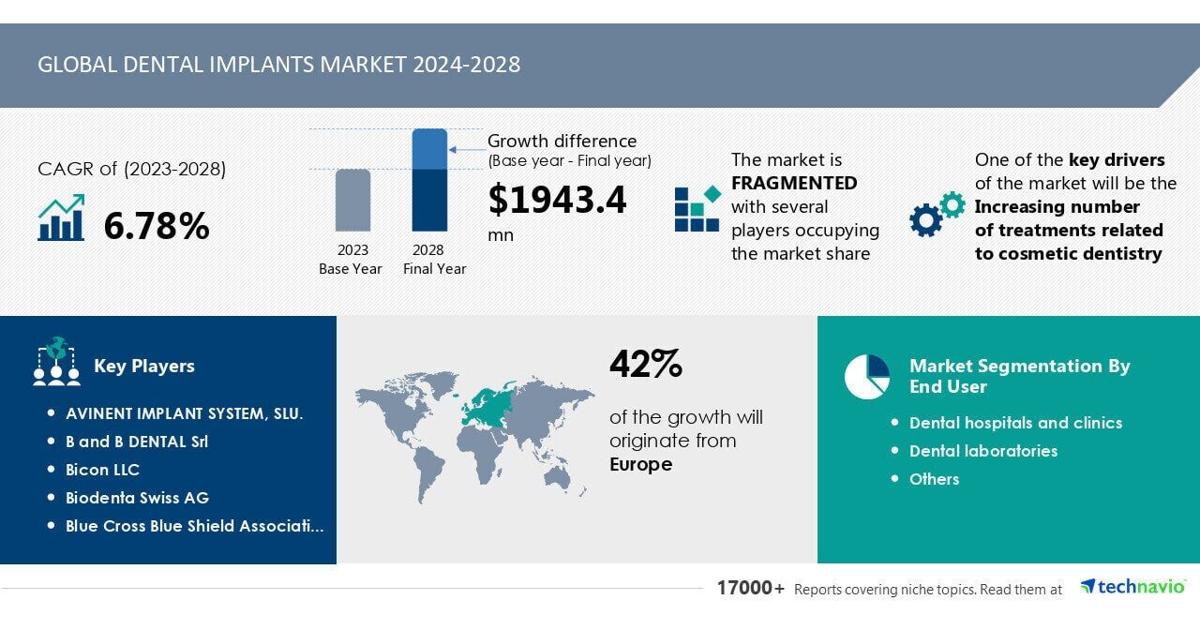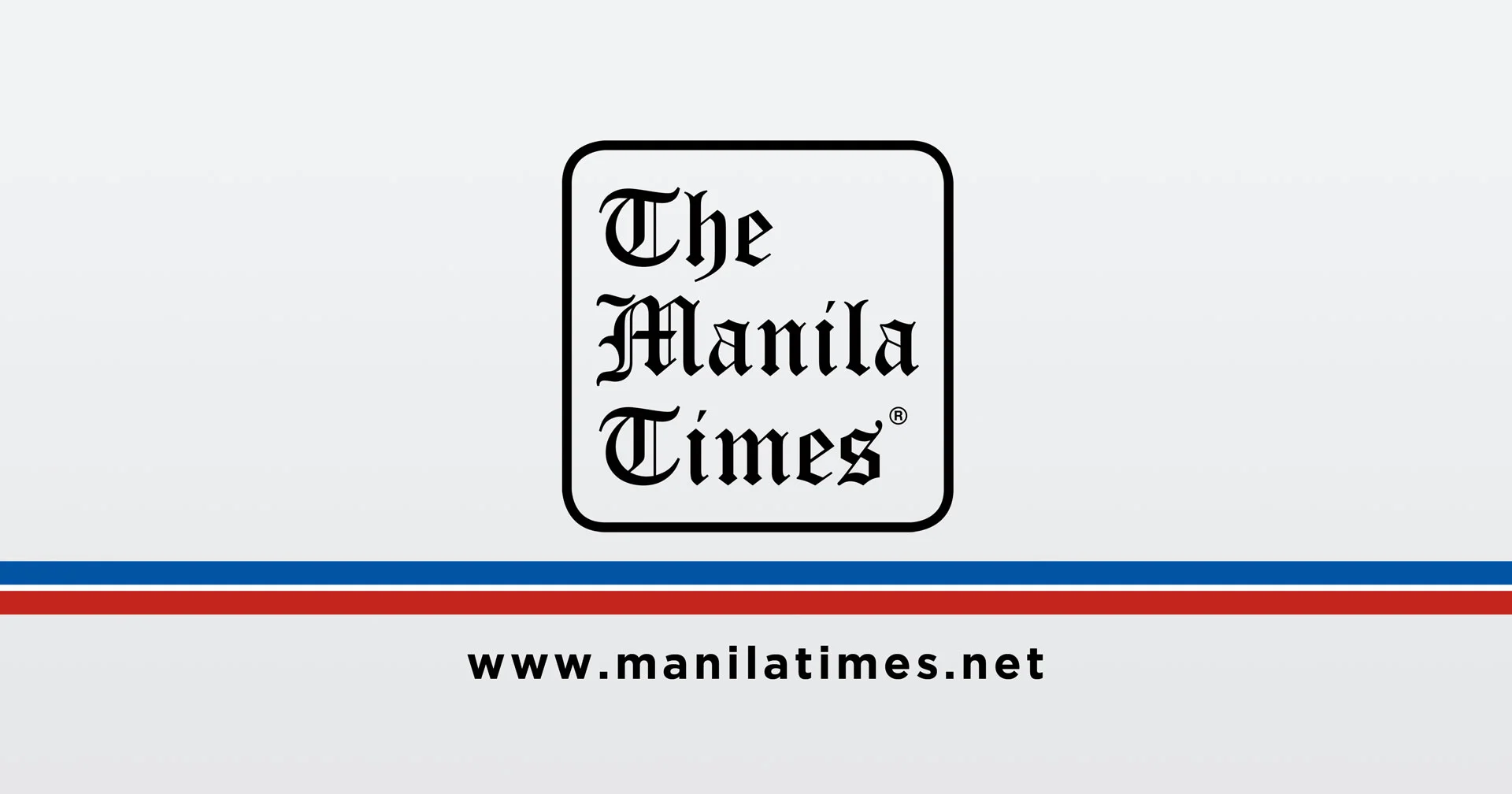Dental Implants Market Poised for Growth: Cosmetic Dentistry & AI Drive Demand

The global dental implants market is set for a significant expansion, with analysts predicting a growth of £1.54 billion between 2024 and 2028. This projected growth, representing a compound annual growth rate (CAGR) of 6.78%, is driven by an increasing number of cosmetic dentistry procedures and the emergence of artificial intelligence (AI) in dental surgery. However, the high cost of dental implants and related procedures remains a challenge.
Technavio, a leading global technology research and advisory firm, highlights the key players in this market, including AVINENT IMPLANT SYSTEM, SLU., B and B DENTAL Srl, Bicon LLC, Biodenta Swiss AG, Blue Cross Blue Shield Association, Dentsply Sirona Inc., DIO Implant Co. Ltd., Dyna Dental Engineering, Envista Holdings Corp., GC Corp., Henry Schein Inc., Institut Straumann AG, Keystone Dental Inc., Neo Biotech, Nobel Biocare Services AG., Osstem and Hiossen Implant UK, Southern Implants, Thommen Medical AG, ZEST Anchors LLC, and ZimVie Inc.
Technological Advancements: Robotic Dentistry & AI
A significant driver of market growth is the advent of robotic dental surgery. This technology offers increased precision and efficiency during implant procedures, reducing reliance on highly skilled professionals. As the global demand for dental implants reaches 5.5 million annually, the scarcity of trained dental professionals in many countries makes robotic platforms increasingly attractive. The FDA-clearance of the YOMI Robotic Dental System in April 2022, used for a single-tooth implant in the US, marks a pivotal moment for robot-assisted dentistry and is expected to propel the global dental implants market forward.
Demand Factors: Tooth Loss & Aesthetic Preferences
The increasing prevalence of tooth loss, fuelled by factors such as road accidents, sports injuries, and the natural ageing process, is driving demand for effective tooth replacement methods. Dental implants offer a durable and aesthetically pleasing solution compared to traditional dentures. The growing popularity of aesthetic dentistry, with patients seeking natural-looking restorations, further enhances market growth.
Challenges: Cost & Accessibility
Despite the promising trends, the high cost of dental implants and procedures remains a barrier. The cost includes consultation fees, treatment costs, and diagnostic imaging, often exceeding £5,000-£8,500 in the UK. Inadequate insurance coverage for such procedures in many developed countries can lead to patients opting for less expensive alternatives, hindering market growth.
Market Segmentation & Regional Analysis
The report delves into market segmentation based on end-user, material, and geography.
End-user: The market comprises dental hospitals and clinics, dental laboratories, and other entities. The growing number of dental facilities, particularly in developed countries like Germany and the UK, is contributing to the rise in dental procedures, including implant placement.
Material: Titanium implants and zirconia implants are the primary materials used. Titanium, known for its biocompatibility and success in implants, remains a popular choice.
Geography: The report analyzes the market in Europe, North America, Asia, and the Rest of World (ROW). Europe currently holds the largest market share, contributing 42%.
Key Market Trends
The dental implants market is witnessing significant trends, including:
3D Printing: This technology allows for the creation of custom-made implants, enhancing fit and accuracy.
Zirconium Material: Zirconium offers excellent biocompatibility and aesthetic qualities, making it an increasingly preferred alternative to titanium.
Digital Dentistry: Advancements in digital imaging and CAD/CAM technology enable precise implant placement and improved oral rehabilitation.
Conclusion
The global dental implants market is experiencing a period of growth, driven by a confluence of factors such as technological advancements, increased demand for cosmetic dentistry, and the growing need for effective tooth replacement solutions. While high costs remain a challenge, the market is expected to continue its upward trajectory, fuelled by ongoing innovations and the increasing awareness of the benefits of dental implants.





